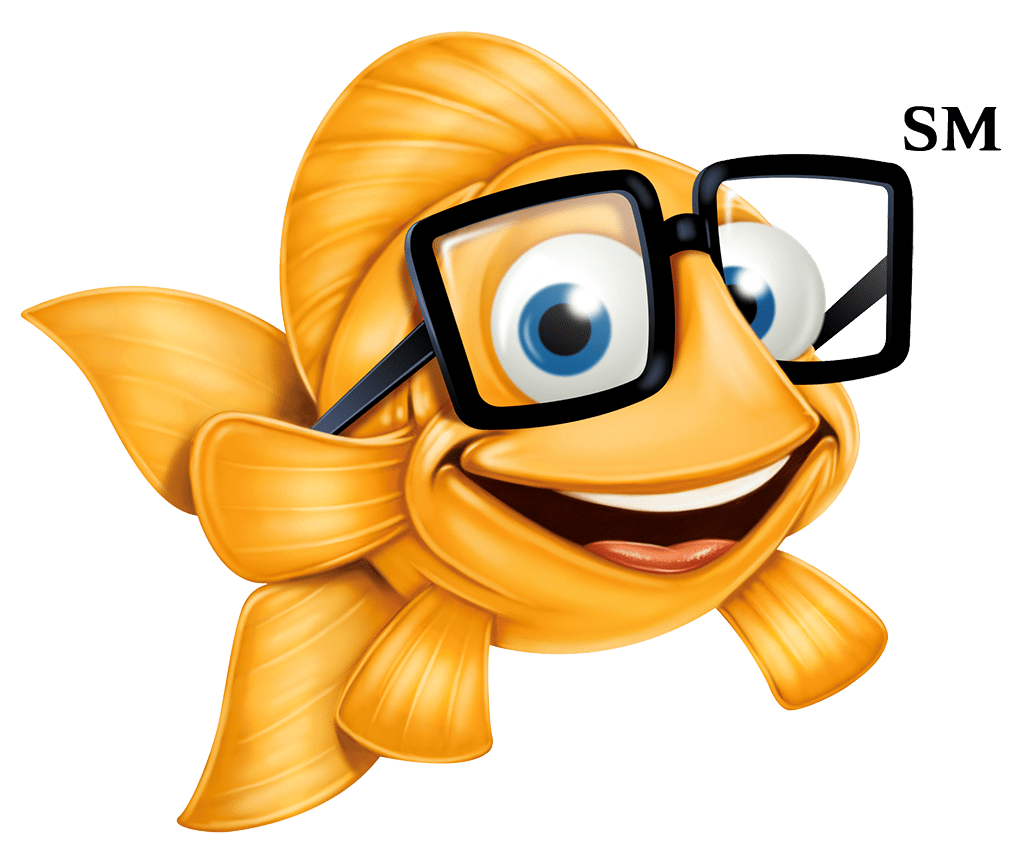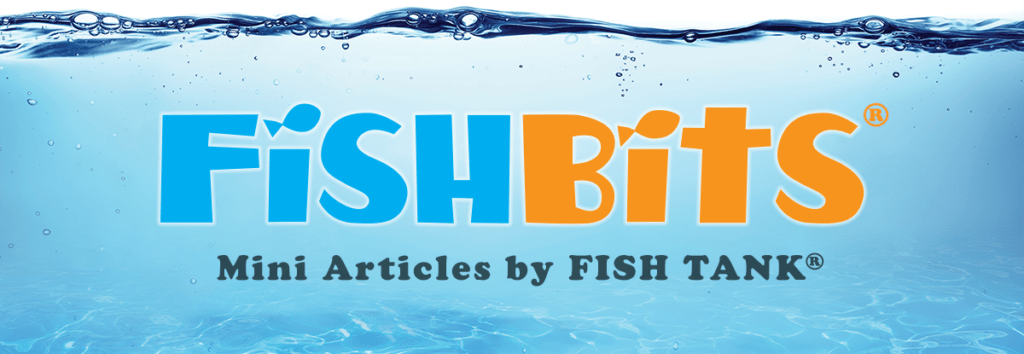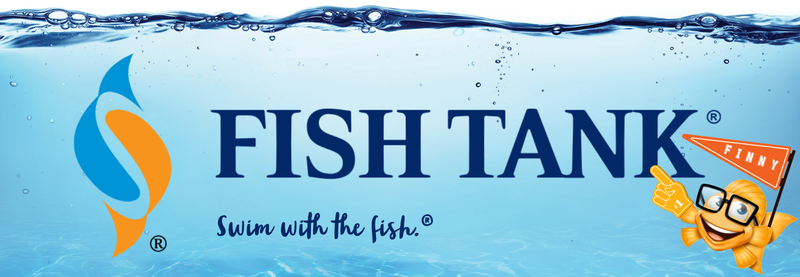Intellectual Property Insights from Fishman Stewart PLLC
Newsletter – Volume 25, Issue 11
Share on Social
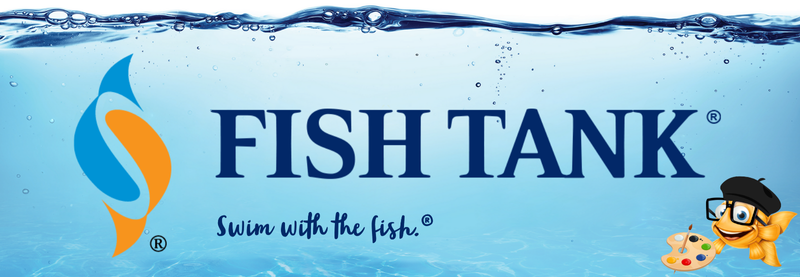

True Blue: The Monopolization Of Color And Why Using Another Brand’s Color Could Paint You Into A Legal Corner
I encountered an incredibly moving piece of art in the private collection of a family friend. It was beautiful, but even more than that, it took my breath away with its unbelievable color. Take a look:
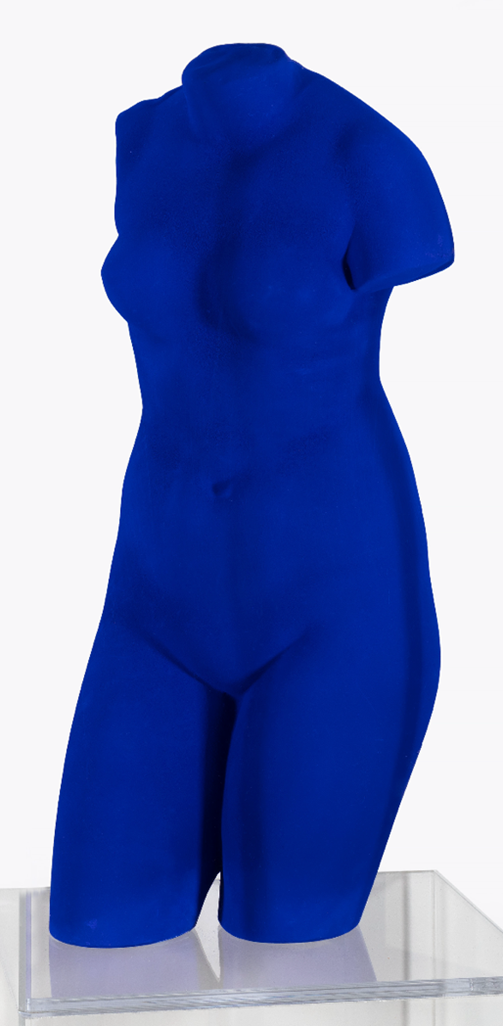
The creator was French artist Yves Klein, who died in 1962 at the age of 34. Klein’s short time on the worldwide artistic stage brought him notoriety or his work in many diverse media, but his legacy is by far most noted for the iconic blue of his monochromatic blue art, such as that of the above sculpture.
As the story goes, Klein was so taken with the indescribable blue of the sky over the Mediterranean in Nice, France, that he dedicated his artistic talent developing a blue that would imbue the canvas with this color in its purest form. In fits and starts, he experimented with ultramarine and various resins and solvents, developing hues that would inevitably disappoint as they dried.
In 1960, he hit his mark, landing on a blue so extraordinary that he sought legal protection by submitting a notice claiming inventorship with the French government. He also obtained two French patents for the process of using human bodies to apply the paint to articles. Beyond the life of the patents and the formula, the color remains exclusively known by the proprietary trademarks “International Klein Blue,” or “IKB.” In the U.S. alone, there are several active trademark registrations for the marks YVES KLEIN and for IKB.
Also known for his performative art, Klein underscored his association with his signature blue with a release of 1001 blue helium balloons to mark a solo exhibit in Paris.
Artists still use IP law to thwart copycats of certain colors. Artists Stuart Semple and Anish Kapoor have been feuding in just such a fashion. When Kapoor purchased the rights to a material called “Vanta Black”, many artists including Semple desired to use it. Kapoor however, has decided to keep Vanta Black exclusively his own. Vanta Black’s unique properties cause it to absorb more than 99% of the light hitting it, making it potentially the blackest substance possible. In retaliation, Semple has allowed anyone but Kapoor to utilize the many colors Semple has himself invented, in an attempt to leverage Kapoor into sharing. So far, to no avail.
Many companies have established trademark protection in the color of their goods. Provided the color does not serve a functional purpose (such as bright yellow for safety gear), trademark protection may be available, upon a strong showing of public association between the goods and the color. T-Mobile has successfully protected magenta. Tiffany’s has its well-known baby blue, and UPS owns brown. Mattel has thus far been unsuccessful in obtaining trademark registration for its distinctive pink/magenta hue but aggressively polices against infringers through its common-law rights. .
As unique colors go, researchers have uncovered a previously unknown color, dubbed olo, thus far seen by only five people. The color can only be experienced through a laboratory procedure involving shooting laser pulses into the subjects’ eyeballs, causing the subjects to experience a pure, teal green saturation. The laser pulses only trigger one type out of the three types of cones in the patient’s eyes. This causes them to experience the color in the purest form that human sense of sight allows, not unlike the vibrance of the blue that Yves Klein sought to discover.
Colors play an important role in the toolbox of intellectual property assets. Conversely, caution should be used when approaching too close to the look belonging to a third party.
Julie Greenberg is a partner at Fishman Stewart. She has more than 30 years of experience in intellectual property protection for her clients, focusing on worldwide trademark prosecution and protection
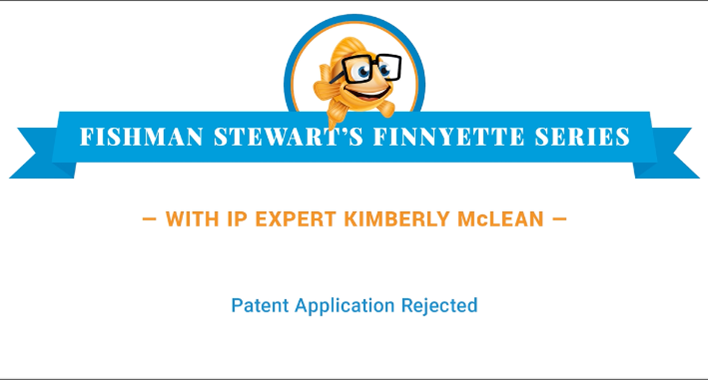
Fishman Stewart’s “Finnyette” Series Garners International Recognition for IP Excellence
Fishman Stewart is proud to spotlight the growing success of its new Finnyette video series — a dynamic collection of short, engaging episodes that deliver bite-sized insights into the world of intellectual property law. Designed for inventors, entrepreneurs, and business professionals, Finnyettes make complex IP topics both accessible and enjoyable.
Leading the charge in this innovative series is attorney Kimberly A. McLean, whose clarity, creativity, and subject-matter expertise have earned international acclaim. In a recent highlight, Kim’s Finnyette exploring the “Big Three” reasons patent applications get rejected was named one of the Top 5 Intellectual Property Posts of the Week by Andrew Samm of Patently.
This recognition is a testament to the value the Finnyette series brings to the IP community — offering fresh perspectives and practical knowledge for anyone navigating the innovation landscape.
The Finnyette series will continue to feature rotating hosts from the Fishman Stewart team, each sharing unique insights on key IP issues.
📺 View the original LinkedIn recognition here

Related Content from Fishman Stewart
By 1930, efforts began in New York to replace Mother's Day with Parent's Day because men were more than just breadwinners. Those efforts didn't catch on, probably because in that era, women often spent more time in the home.
In February, Nike and Skims announced that they will be working together on a new brand, NikeSkims. The co-brand will create a new line of training apparel, footwear, and accessories specifically designed to meet the unique needs of women athletes.
Generally, federal courts have exclusive jurisdiction over copyright cases, and often, this presents an insurmountable paywall for individual artists and small businesses to vindicate their rights, especially where the value of the individual copyrighted works are relatively low.
Dedicated to raising public awareness about the importance of encouraging innovation and creativity throughout the world, the World Intellectual Property Organization (WIPO) annually observes World Intellectual Property Day on April 26 to showcase the role that patents, trademarks, industrial designs, copyrights and trade secrets play in our everyday lives.
Hold onto your foam fingers, sports fans – college sports just got a whole lot more interesting! The latest updates to Name, Image, and Likeness (NIL) rules are making student-athletes bigger than ever, and it’s not just about the game anymore.
Did a federal court in Louisiana recently decide that US copyrights are global rights? It seems so.
One of his most famous songs, “Lose Yourself” was recently at the center of a lawsuit. In 2019, Eminem’s publishing company Eight Mile Style sued Spotify claiming that Spotify streamed a number of its musical compositions without proper licenses.
One of the most common challenges is whether AI should be free to train on data that is protected by copyright and owned by third parties without first obtaining permission.
The U.S. Copyright Office (USCO) recently published its latest report on AI and “copyrightability.” In short, the USCO considers only some AI-generated works to be sufficiently creative as to deserve copyright protection, and thus, registration.
Back in the 1940’s assignments by independent contractors could be permanent and irrevocable. Things changed in 1976, when Congress overhauled the Copyright Act.
IDENTIFYING, SECURING AND ADVANCING CREATIVITY®


